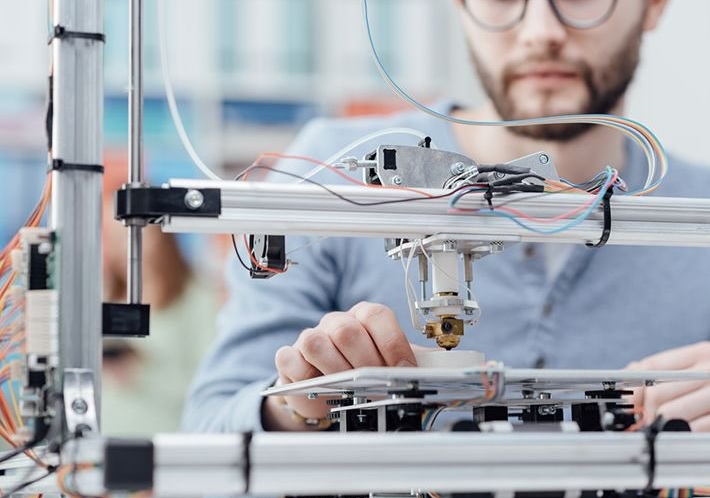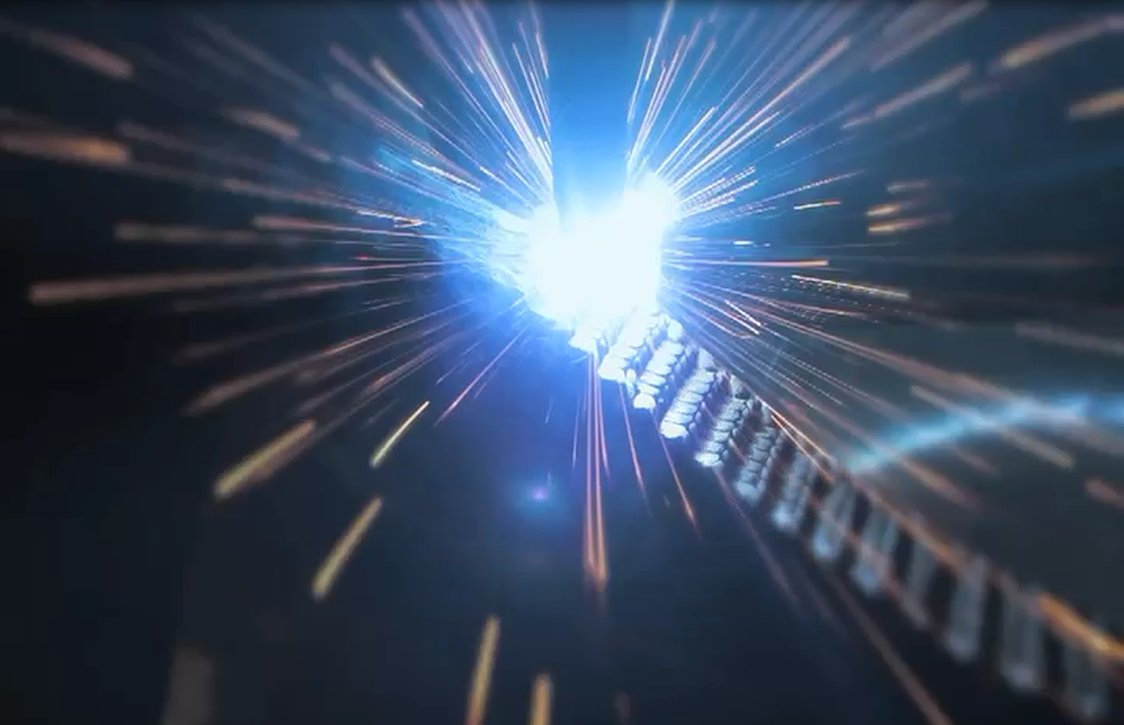Global standards developer ASTM International has announced the second round of funding to support the research and development of standards for the additive manufacturing industry.
Comprising an investment of $300,000 and in-kind contributions, the funding will aid ASTM International Additive Manufacturing Center of Excellence (AM CoE)’s objective to address the needs for technical standardization in the growing additive manufacturing industry.
The investment covers nine research projects helping to expedite standards in additive manufacturing. Dr. Mohsen Seifi, ASTM International’s Director of Global Additive Manufacturing Programs, explains that each project contributes towards different standard gaps in design, feedstock, process, post-processing, testing, and qualification. Seifi adds,
“We are thrilled to fund some of the most crucial and high-impact research projects in additive manufacturing to accelerate standardization.”

Additive manufacturing standards
ASTM International has demonstrated a drive towards developing standards for additive manufacturing, key to enabling industry-wide adoption of the technology.
Last year, ASTM International announced its first round of funding to help support the development of standards for the additive manufacturing industry. The round supported projects undertaken by NASA, the UK’s Manufacturing Technology Center (MTC), EWI, Auburn University and the National Institute for Aviation Research (NIAR) at Wichita State University. The new round of funding will benefit the same institutions and their research, with the addition of Singapore’s National Additive Manufacturing Innovation Cluster (NAMIC).
In May 2019, ASTM International also announced a “Request For Ideas (RFI)” from its ASTM F42 members who were in need of short-term R&D funding through its AM CoE. The ASTM F42 committee, which includes over 700 experts globally who create and revise additive manufacturing standards, was established by ASTM International in 2009. A subgroup of experts, known as F42.09.05, representing different sectors and organization types within the ASTM F42 committee were identified to evaluate the submitted ideas.
The AM CoE program was launched by ASTM International in August 2018 in order to advance the current state of additive manufacturing. It was established alongside EWI, MTC and an Auburn University-NASA collective.

Developing standards for Laser powder bed fusion, AM data, post-processing, and more
ASTM International’s new round of funding covers a vast array of topics, approved by the F42.09.05 subcommittee. Auburn University will focus its efforts on implementing an efficient process for detecting potential issues for parts manufactured using laser powder bed fusion (LPBF) 3D printing technology. It will conduct tests examining the deviations in build and material quality of parts a few hours after being removed from the 3D printer. Auburn University will also be partnering with NASA to continue developing standards and requirements for qualifying laser-PBF machines and processes from the first round.
North American engineering and technology organization EWI aims to standardize the best practices for data sharing, a common data dictionary for AM, and a data management roadmap that integrates stakeholder needs.
The MTC’s project will tackle the lack of guidelines for acceptable test results in powder feedstock test methods. MTC will also develop a guide addressing the growing number of post-processing issues tied to inefficient designs, cost, high non-conformity, and scrap rates. The guide will explain the best practices in design for each type of post-processing operation.
NAMIC will analyze optical and thermal images of the LPBF process to extract structured data, with the intention of creating optimized 3D files. NAMIC is also looking to create guidelines for standard development specific to directed energy deposition (DED) and material extrusion (MEX). The two processes are considered to be of high interest to manufacturers and designers.
And finally, Wichita State University‘s NIAR will create a test plan based on existing polymer characterization activities, with added print, test, and analysis for additional data. The results will be shared with appropriate documentation. Additionally, NIAR will study coupon-part property relationships in additively manufactured polymers, gathering data from the results of multiple studies.
Subscribe to the 3D Printing Industry newsletter for the latest news in additive manufacturing. You can also stay connected by following us on Twitter and liking us on Facebook.
Looking for a career in additive manufacturing? Visit 3D Printing Jobs for a selection of roles in the industry.
Featured image via ASTM International/AM COE.

